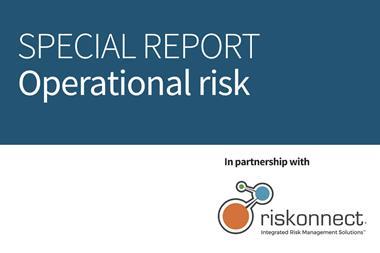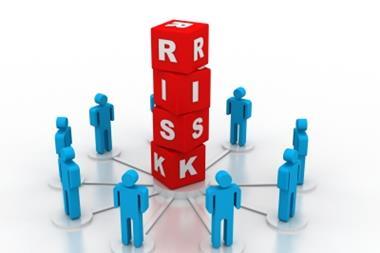Insurers have to adopt sophisticated risk management approaches both to steer their business focus and also ensure they meet forthcoming solvency requirements
(Re)insurance companies have to adopt sophisticated risk management approaches both to steer their business focus and also ensure they meet forthcoming solvency requirements. This was the topic under debate at a recent Zurich (re)insurers roundtable discussion, where panellists elaborated on their strategies with regard to enterprise risk management (ERM).
The panel discussed some of the strategies that they are adopting in terms of capital allocation. Ole Hesselager, head of group risk, TrygVesta, said: “It is…important to look at the interdependencies of different kinds of risk, Only by taking this aggregated view will you be able to see what the total risk for the company looks like.”
Panellists agreed that detailed modelling is important but a granular approach may not be easily achievable or indeed produce all of the desired results. Olly Reeves, head of risk management, Lloyd’s said: “Does the board fully understand all the detailed granular assessments it has been given? That is a massive question.”
ERM is an imperative to all insurance businesses today particularly with rating agencies taking the form of additional regulators. Reeves explained: “We are as an industry being very closely looked at by the rating agencies and they are firming up their view on what is good ERM and what isn’t.”
John Redmond, president, Allied World Assurance Company, added: “The fact that rating agencies have decided that ERM is a key metric means that everyone rushes to build something that may not address the critical issues for a particular organisation.”
The participants saw ERM as enhancing value creation, providing both a competitive edge and also important strategic input to decision making. Thomas Wilson, general manager, ING Group, summed this up by saying: “I like to think I add value because for example, when the analysts start ringing up and asking: What’s our exposure to sub-prime mortgage credit? We have to produce a number relatively quickly to avoid getting tarred with the industry brush. And that number had better be correct because if I have to update it then I’m going to have a discount automatically.”
A paramount consideration that emerged through the whole discussion was the need to tackle cultural issues. While Redmond warned: “I don’t think you can measure or quantify the value of ERM, although you might be able to measure the effects of not having ERM by considering the forms of potential failure.”
The event was hosted by StrategicRISK in association with Tillinghast.
A FULL TRANSCRIPT OF THE DISCUSSION IS AVAILABLE AS A SUPPLEMENT TO SEPTEMBER’S ISSUE OF STRATEGICRISK















No comments yet